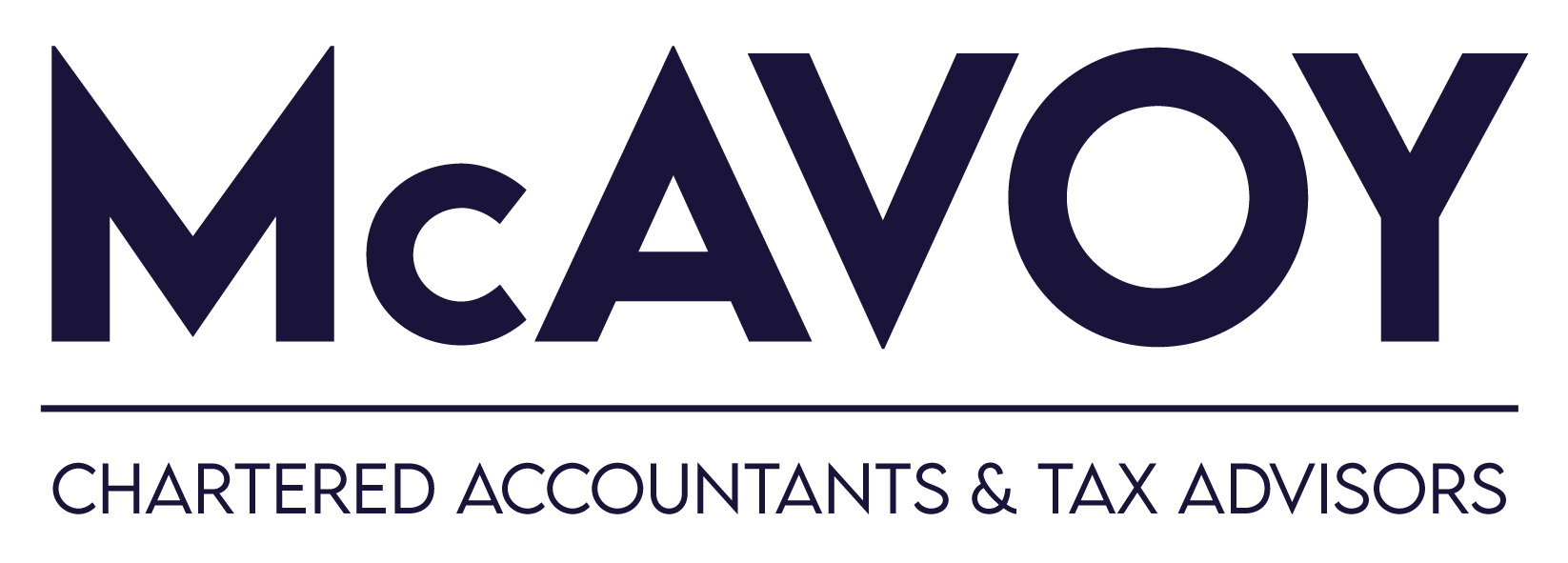
Tax depreciation is the name that’s often given to the scheme of capital allowances that’s made available to the owners of buildings and equipment. For landlords these allowances can amount to a valuable tax relief from most types of rental income.
In the case of commercial buildings most landlords take care to compute their capital allowance claims correctly. But this is not always the case when it comes to residential buildings, particularly if they have been purchased second hand.
This is surprising given that the relief that had once applied for residential buildings, known as Section 23 Relief, has long been withdrawn leaving rental income more exposed to taxation than it has ever been.
So, let’s see what capital allowances are available to the landlords of residential premises.
Plant
Capital allowances can be claimed on the cost of plant. The term plant is undefined in Irish tax law with the result that it’s necessary to use first principles to establish whether an item constitutes plant. Inevitably this leads to an examination of the case law that has developed over the years. However for the purposes of residential letting, it is sufficient for the moment to note that the term includes the equipment that has been purchased by a landlord wholly and exclusively for a house that is used solely as a dwelling that is let or is to be let as a furnished house. The current rate of deduction from rental income is 12.5% p.a. of its cost for a maximum of 8 years.
Moveable Plant versus Integral Plant
As we have seen, the tax deductions that come with plant can be very valuable to a landlord. Clearly therefore a landlord’s next step must be to identify the items that are tax-deductible. Some of the plant that’s needed in a residential premises is easy to spot. Moveable items such as furniture, washing machines, driers, dishwashers, fridges and fittings all fall into the category of tax-deductible plant.
What’s more difficult to identify, however, are the items of tax-deductible plant that are held within the fabric of a premises or within any leasehold improvements to it. These are often referred to as plant that is integral to a premises.
When it comes to identifying plant that is integral to a premises it’s important to distinguish plant from items that are part of the premises. In the latter cases the items will be non-deductible for tax purposes. The distinction between premises and integral plant is important but it can be difficult to draw. In cases of difficulty the starting point is case law.
Case Law
In the leading case on the subject, the UK case of Wimpy International Ltd. v Warland it was found that the four issues that need to be examined to see whether an item forms part of a premises are:
- whether the item appears visually to retain a separate identity,
- the degree of permanence with which it has been attached to the building,
- the extent to which the building would be complete without it, and
- the extent to which it was intended to be permanent
The chief of these are the extent to which the building would be incomplete without the item and the extent to which the item can be seen to maintain a separate identity to the building. Examples of integral plant that is tax-deductible include
- a central heating system
- a hot water system or,
- an air conditioning system
Identifying and costing these items might seem like a chore, but the exercise is critical to working out the tax-deductible content of a building.
Correcting Past Claims for Capital Allowances
At a practical level we are sometimes asked whether a failure over the years to claim capital allowances on plant in a residential premises can be rectified by making a corrected tax return. There is no clear cut answer to this as it will depend on the facts of each case. However, it is possible to go back four years to amend a return to include the allowances that should have been claimed.
But whether you are making a new claim or correcting an old one, it’s essential that you formulate the claim properly. This means having a supporting file that includes everything necessary to evidence the cost of the items claimed, their description and the opinion of a construction industry professional when it comes to helping you to identify and cost the plant that is integral to a building.
Joe McAvoy is a tax director of McAvoy & Associates, a Cork-based tax and business advisory firm.

Author: Joe McAvoy,
Tax Director.
E-mail: info@mcavoy.ie
Tel: 021 4321321

